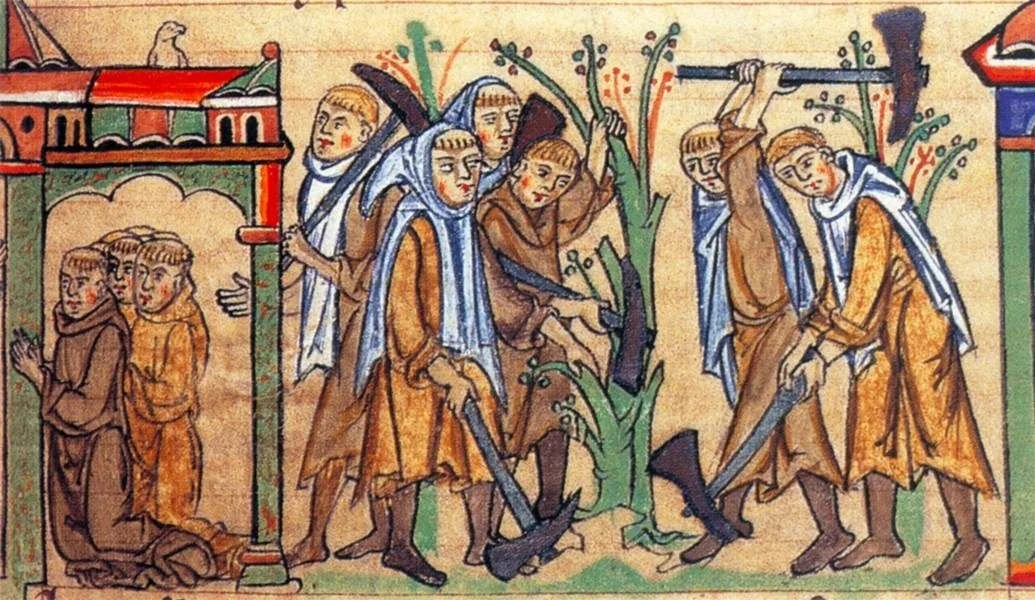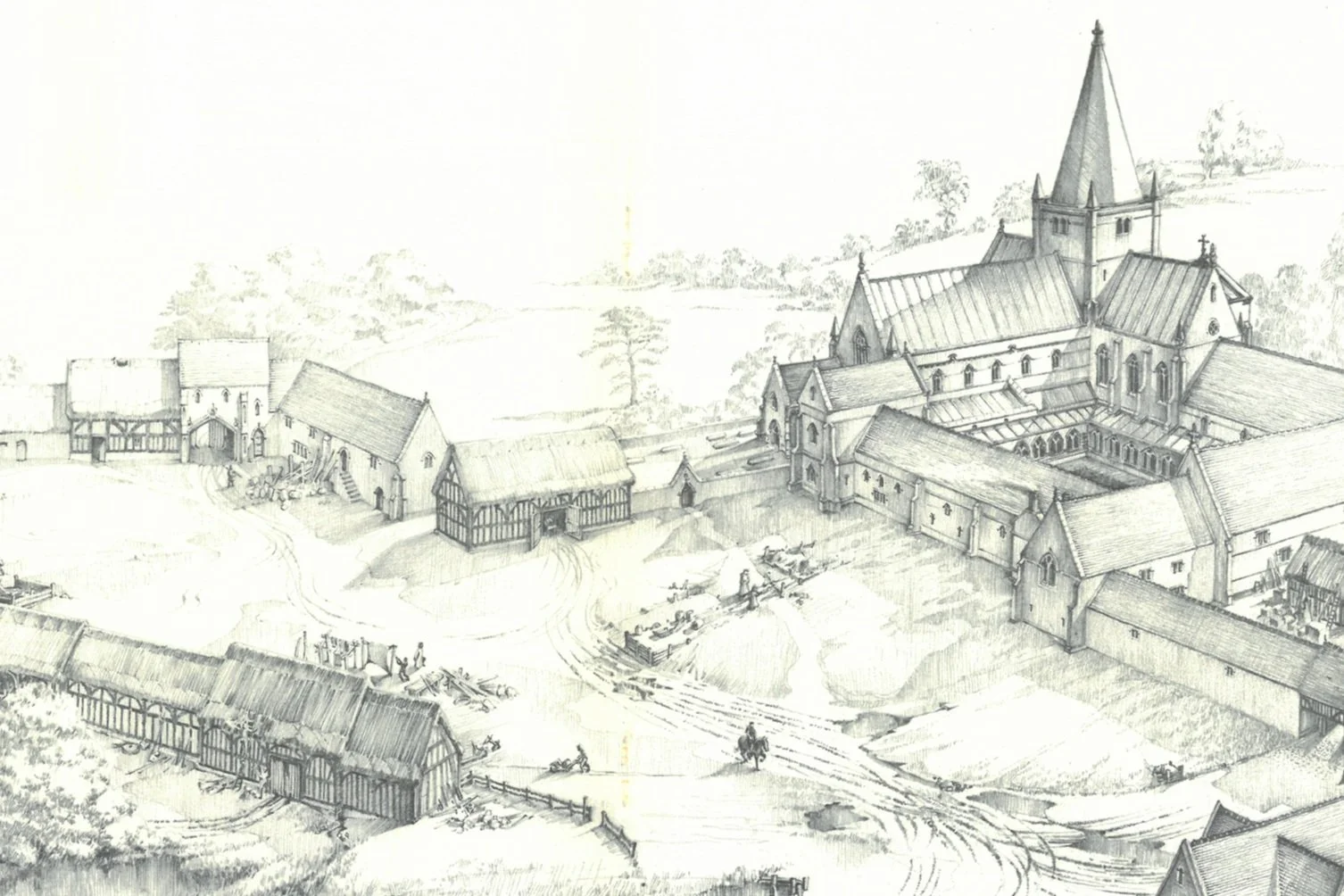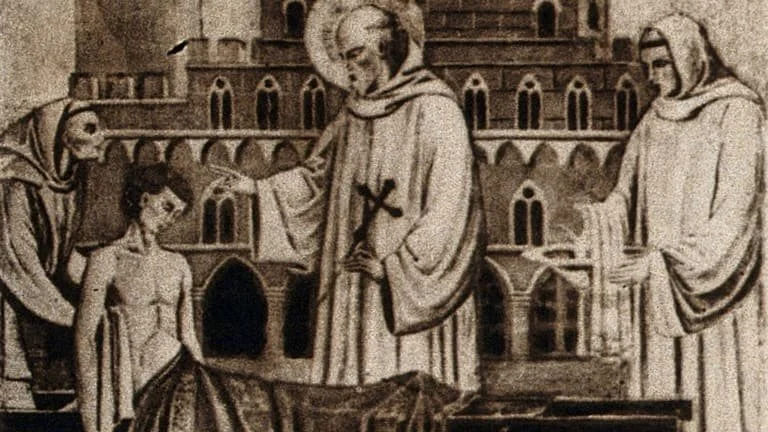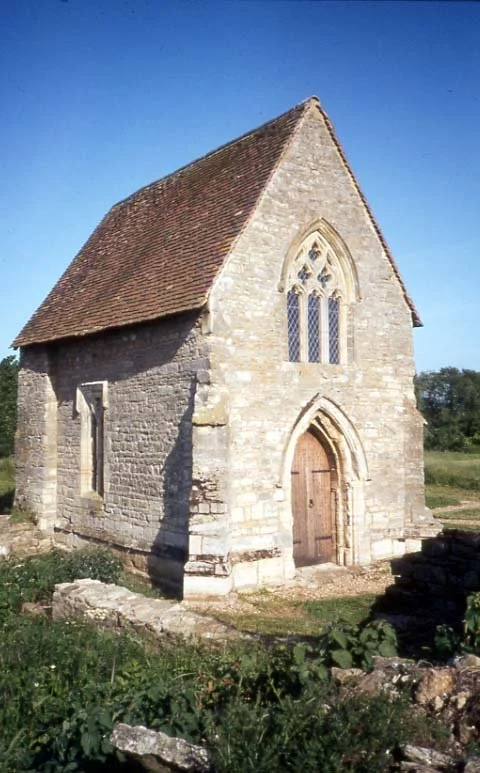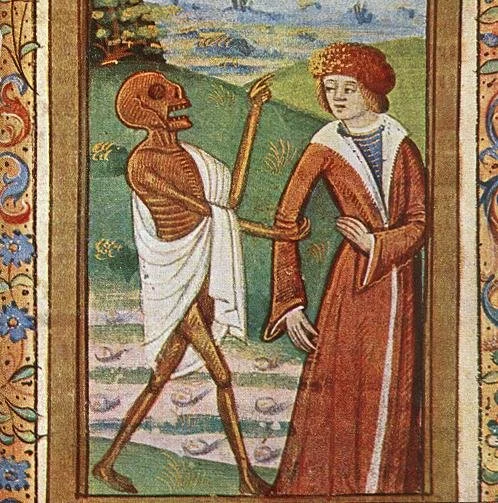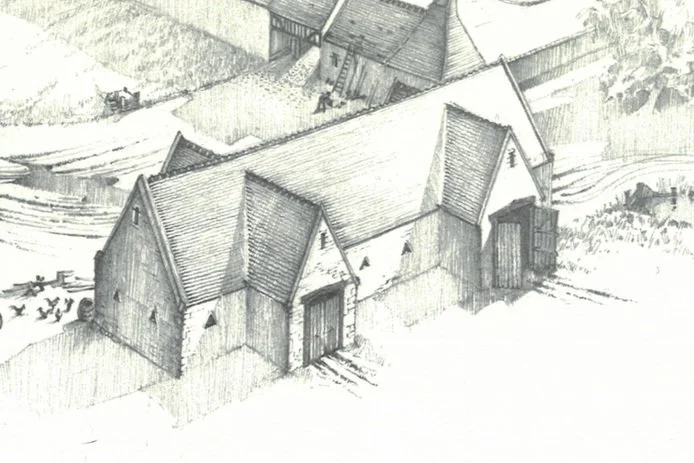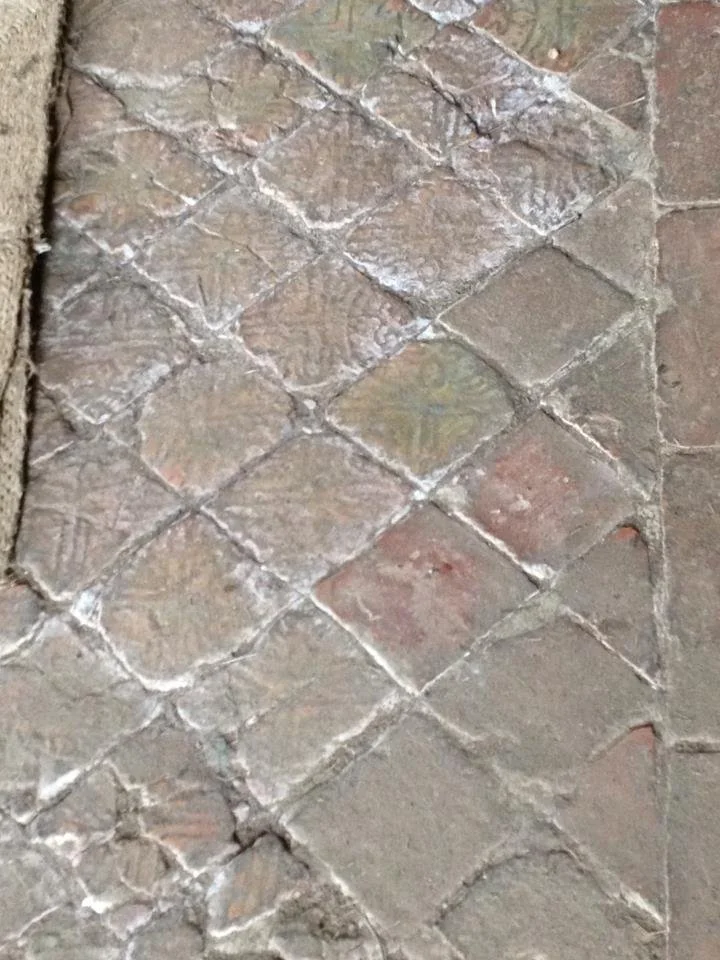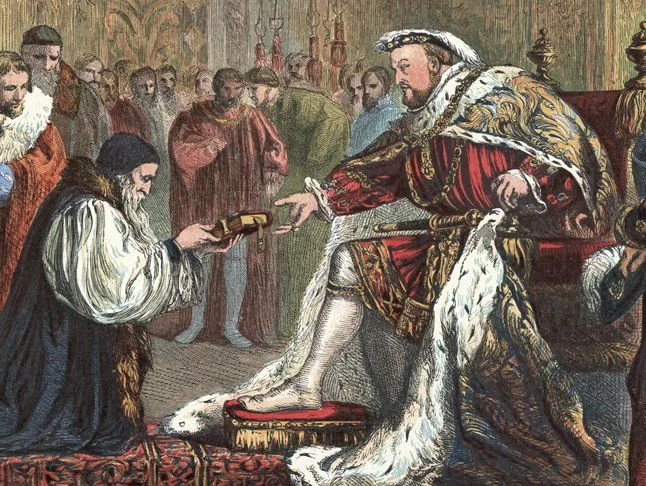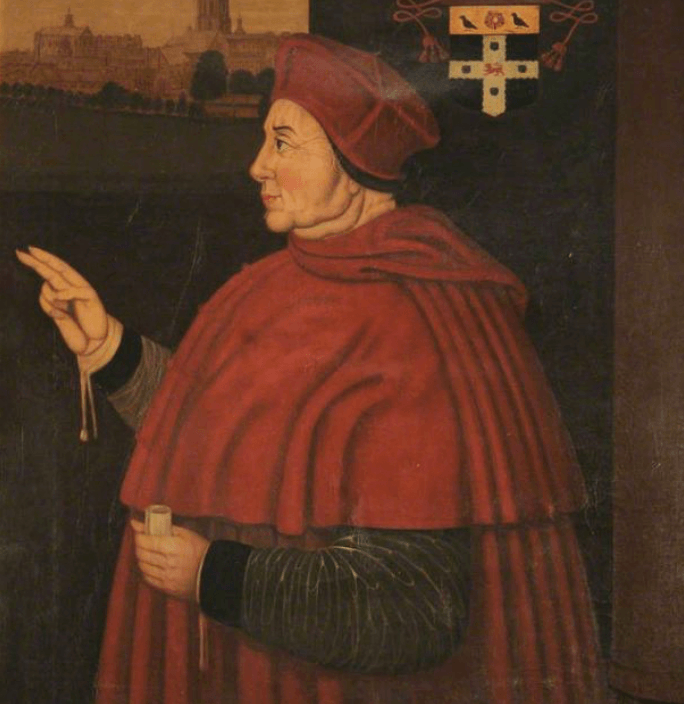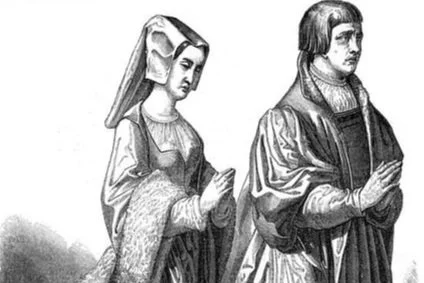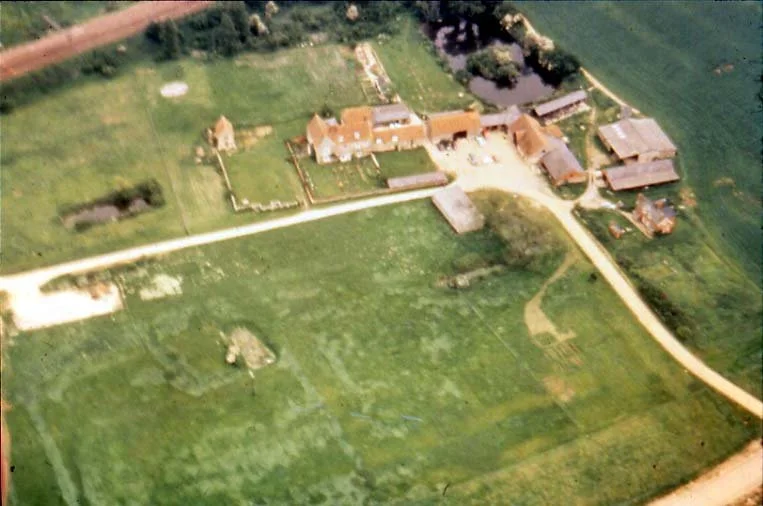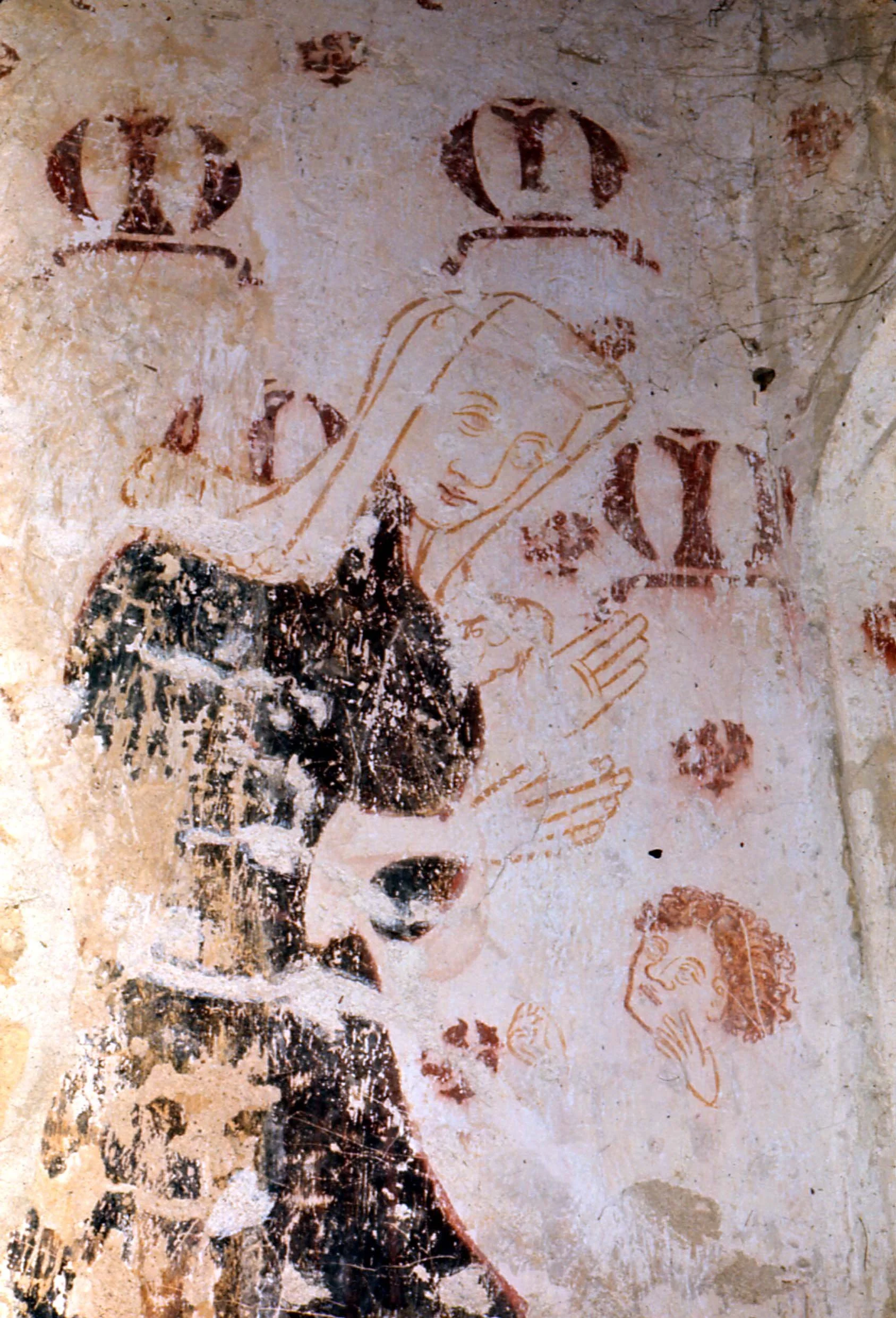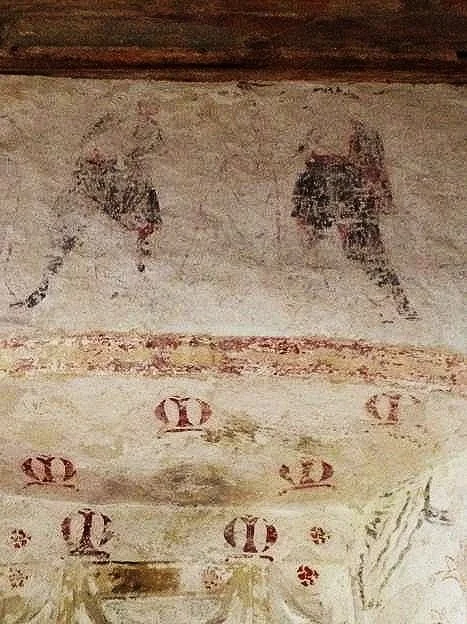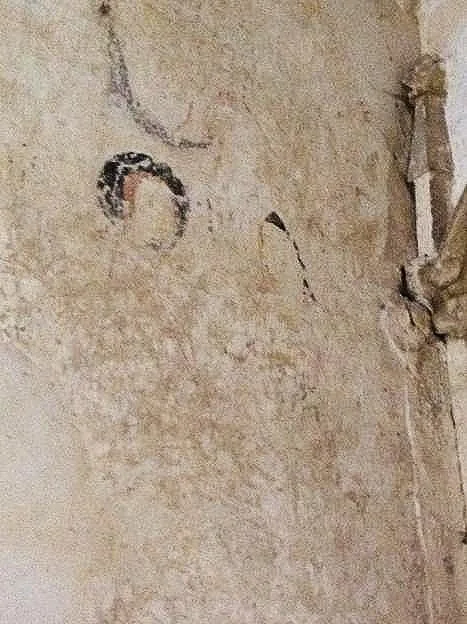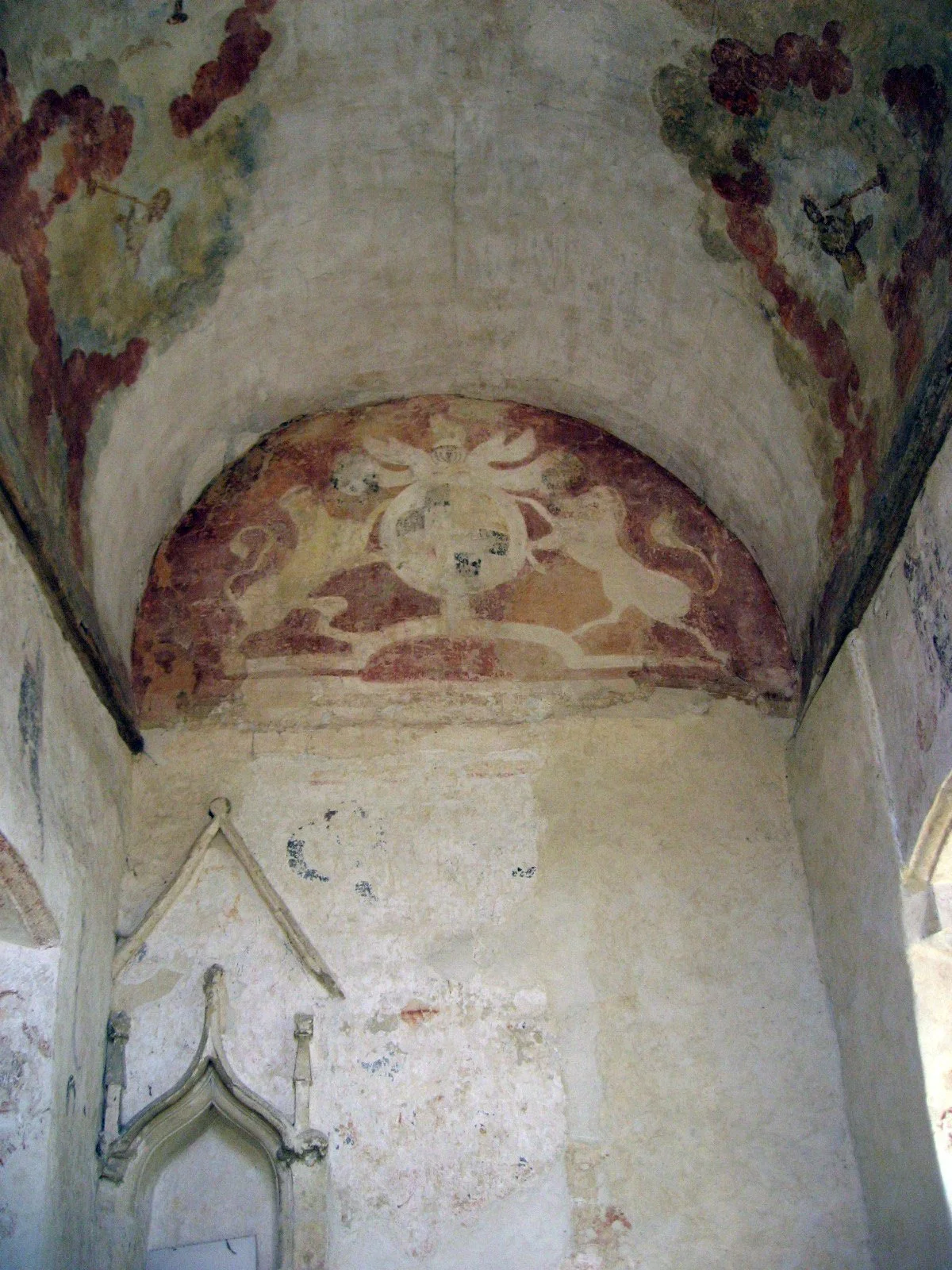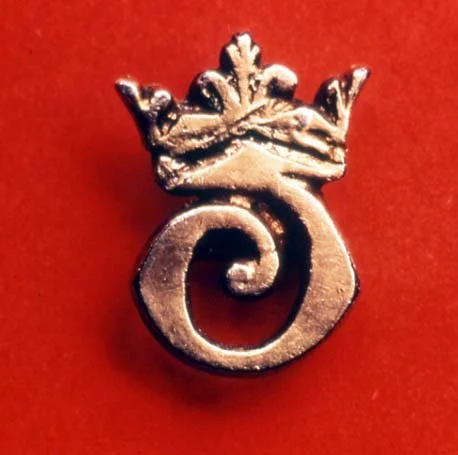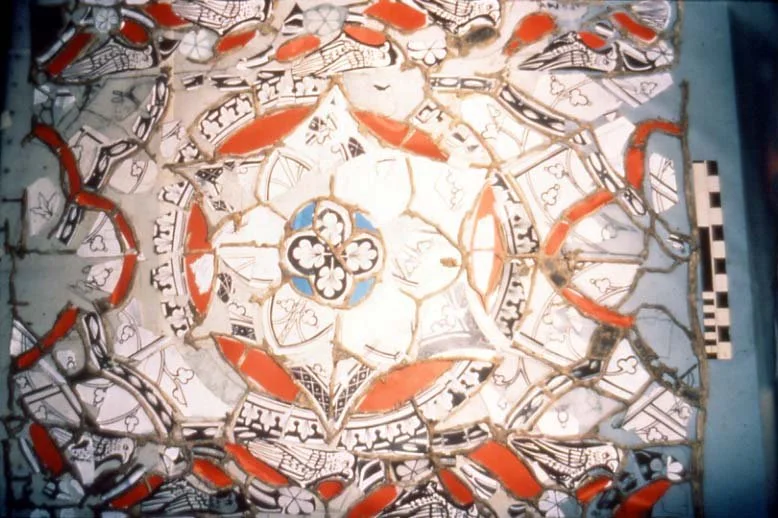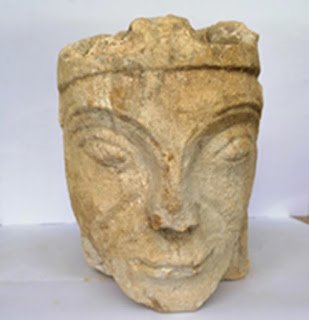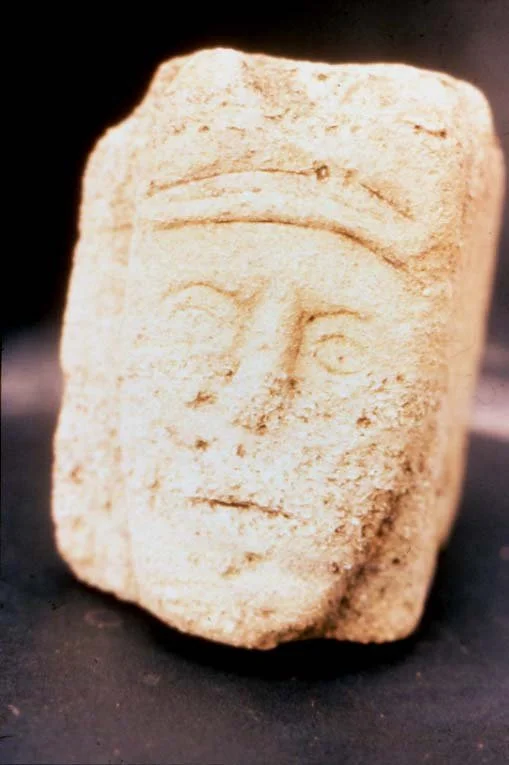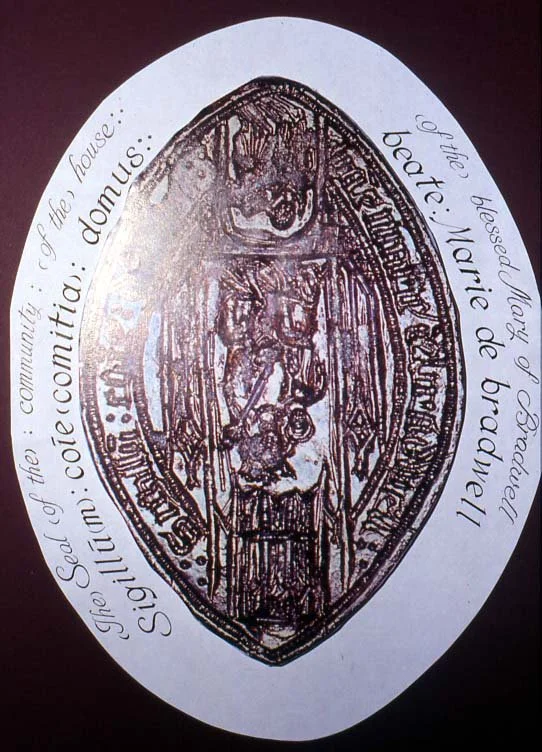The History of Bradwell Abbey
Today, Milton Keynes City Discovery Centre (MKCDC) works with the MK Council to manage and maintain the Bradwell Abbey site for the benefit of the Milton Keynes community. We also offer educational programmes to support all levels of learning in urban studies and heritage studies - as well as the historical and natural heritage of Milton Keynes.
This video reconstructs what Bradwell Priory might have been, according to the building’s archaeology
Here is our Director talking about the conservation works at Bradwell Abbey.
Timeline
St Mary’s chapel wall paintings and archaeological findings
Bradwell Abbey Medieval Excavation
Watch Inês from Oxford Archaeology excavate medieval human remains at our Bradwell Abbey site.
The Eleanor Head at Bradwell Abbey
During 2019, conservation works at Bradwell Abbey uncovered this interesting stone. Hear our Director, talk about who it might be and why.
Archaeological Excavations Timeline
-
Trenches to determine the layout of the Priory are dug by Buckinghamshire County Museum.
-
Proposals for a new road between the farmhouse and railway line prompt the digging of four trenches by the County Museum. These help to reveal the archaeological potential of the site.
-
A medieval road from the Priory to Bradwell Village is discovered when the re-routing of Bradwell Brook requires some excavation work to be carried out again.
-
Milton Keynes Development Corporation’s Archaeology Unit start excavation work on the site.
Three graves, thought to be late 15th Century, discovered outside the west wall.
Decorated tile pavement revealed when floor levels inside St. Mary’s Chapel are removed.
North west corner of the church is revealed when external excavations are dug down to the 16th Century floor level.
Circular smelting hearth from after the dissolution is found outside the chapel.
-
Excavations at the bakehouse determine it was built in the 13th Century and changed to a bakehouse at the end of the 16th Century.
-
A silver gilt pilgrim’s badge is discovered. It is in a medieval T shape and thought to stand for Thomas Becket. Floor tile fragments the same as those in the Chapel and made at Little Brickhill are found. Pieces of painted window glass are also found. One has an inscription thought to be [JESUS NA]ZARENUS REX JUDE [ORUM].
-
Remains of a 13th Century window panel discovered and later reconstructed.
A finely-carved and semi-grotesque stone head in the 14th style is found.
Other finds include: a pilgrim’s ampulla (flask) used for holy water, coins—medieval penny and Henry VI (1421-1471) groat, gilded silver ring and green glass beads.
A mixing pit for lime mortar found in 1981 is con-firmed. Its discovery shows post-medieval building traditions of creating materials on-site.
Landscaping of the site is carried out to reflect the layout of the Priory and get the site ready for visitors.
-
A stone carving is unexpectedly discovered whilst doing conservation works, believed to be Queen eleanor of aquitaine.
Click here to watch the video and learn more -
Skeleton, believed to be female found on the North side of the Chapel. Thought to be a 14th century burial. Click here for the excavation video

